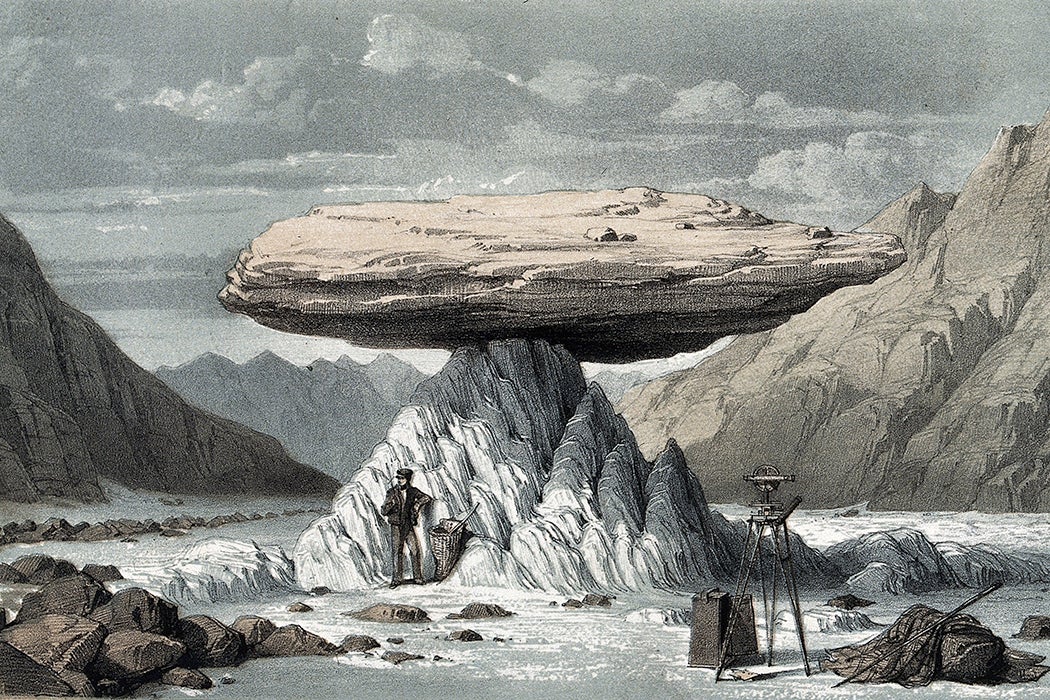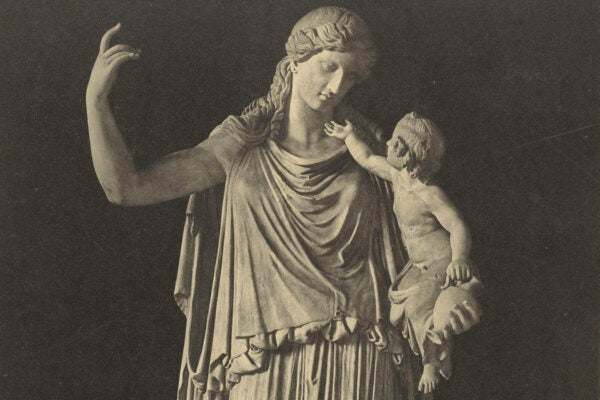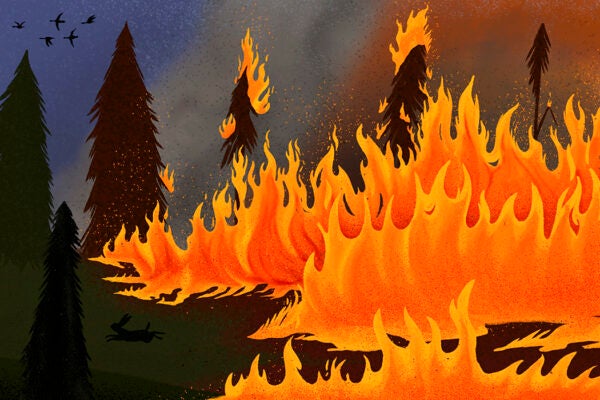In the nineteenth century, scientists became enchanted by mountains. The glaciers of the Alps posed a particularly interesting scientific problem—glaciers clearly moved over time, but the mechanisms of their motion remained mysterious. Starting in the 1840s, British scientists ventured into the Alps to investigate.
These men believed that heroic masculinity was a “route to a disciplined perception of the world,” writes historian Bruce Hevly. They took this notion with them into the Alps, as they competed to unravel the mysteries of glacial motion. Hevly argues that these beliefs may have had their roots on the rugby pitches of British schools, and that British sporting culture influenced the practices of field science in this period.
It was James David Forbes (1809–1868), a professor from Edinburgh, who first ventured into the domain of the glaciers for scientific purposes. He put down stakes into the ice of a glacier and measured their position over the course of a few weeks. The stakes at the center moved faster than the ones at the glacier’s sides, which Forbes took as proof that “glacier ice moved through a process of semiviscous flow,” writes Hevly.
But other European scientists emphasized the authority of analytical theory. Forbes’s primary opponent was William Hopkins, who believed that glaciers moved as solid objects. Hopkins had concocted laboratory experiments using ice to demonstrate his theory.
Their debate cut to the heart of scientific philosophy. Forbes believed that “science depended upon observations distilled into quantitative laws,” writes Hevly, while Hopkins believed that the “uncontrolled environment of the alpine wilderness” meant that a reliable degree of precision was impossible.
Forbes also appealed to cultural perceptions of masculinity and aesthetics to establish his authority. He portrayed himself as an “explorer-scientist” with more credibility than any “armchair theorizer,” Hevly explains. Forbes wrote for popular audiences, and the message resonated. He even gained a prominent fan in art critic John Ruskin.
It took someone using similar methods and rhetoric to challenge Forbes. John Tyndall started his career as a teacher and an assistant to Michael Faraday before taking up mountaineering. He believed, like Hopkins, that glaciers moved as solid objects.
Tyndall threatened to beat Forbes “at his own aesthetic, literary, and scientific game,” writes Hevly. Tyndall went on trips to the Alps, spent nights on the glaciers, and conducted his own experiments on ice with a hydraulic press. He published a book and gave talks to young audiences emphasizing his time in the mountains.
In Tyndall’s stories, “the physical properties of ice became simultaneously the stuff of science and the stuff of adventure,” Hevly explains. “He carried the ideals of sport to scientific argument.”
The infusion of sporting masculinity into British science helps account for the exclusion of women from the scientific field in the late nineteenth century, writes Hevly. The rhetoric of Forbes, Ruskin, and Tyndall also demonstrates the persistence of romanticism. For historians, Hevly argues, this episode underscores the importance of understanding “the personal values that shaped scientific practices” and their cultural context.
Teaching Tips
- The glacial theories of James D. Forbes were published in the Philosophical Transactions of the Royal Society of London in 1846. See “Illustrations of the Viscous Theory of Glacier Motion,” Part I; Part II; and Part III.
- William Hopkins’s theory on glaciers was read before the Royal Society of London and published in the Philosophical Transactions in 1862. Read “On the Theory of the Motion of Glaciers.”
- The paper John Tyndall co-authored with Thomas H. Huxley, “On the Structure and Motion of Glaciers,” was read before the Royal Society in 1857.
- Tyndall’s glacial theories appear in two parts in the Philosophical Transactions in 1859. Read “On the Physical Phenomena of Glaciers,” Part I; Part II (abstract only for Part II).
- Explore Historic Glacial Images of Alaska and Greenland, one of sixty-nine collections shared by Cornell University via JSTOR. It includes almost 2,000 photographs of glaciers taken during expeditions to glaciated areas under Cornell professor Ralph Stockman Tarr (1864–1912).







